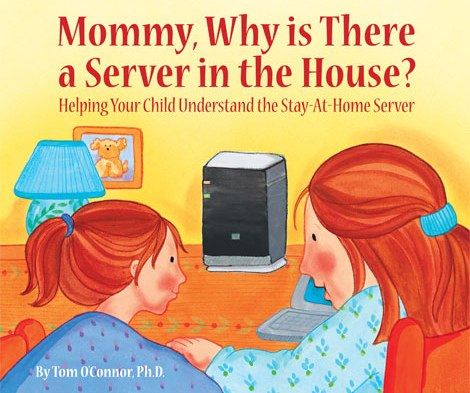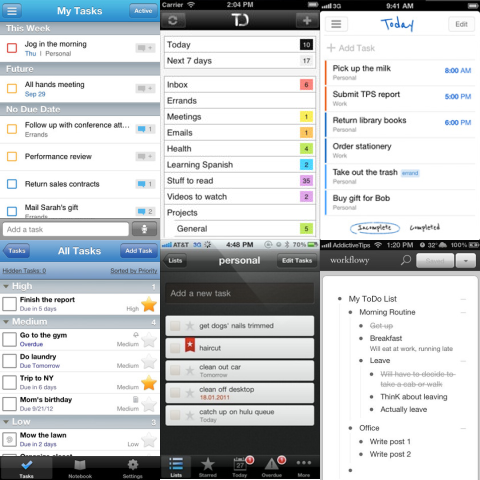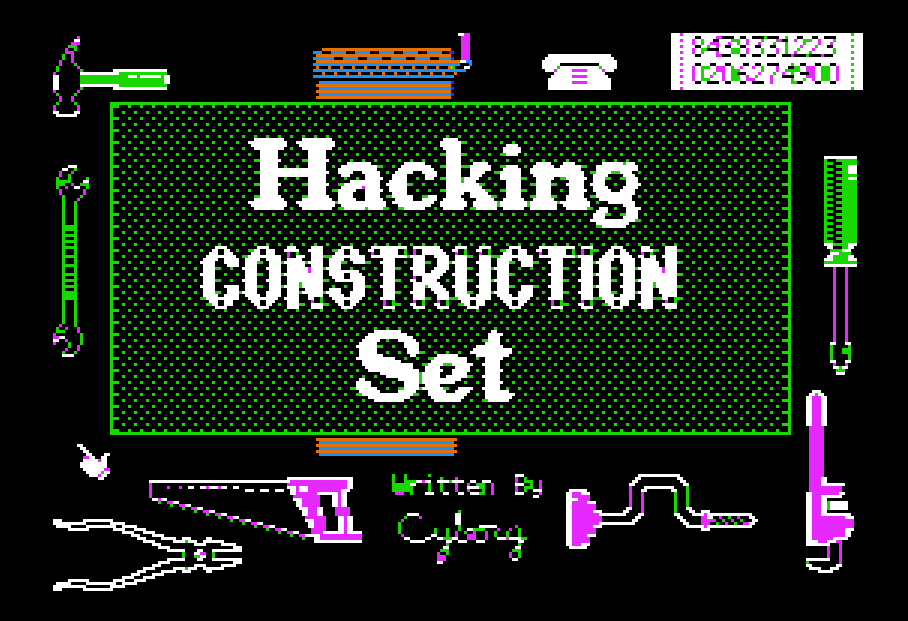
hardware
Building Servers for Fun and Prof... OK, Maybe Just for Fun
In 1998 I briefly worked for FiringSquad, a gaming website founded by Doom and Quake champion Thresh aka Dennis Fong and his brother Lyle. I can trace my long-standing interest in chairs and keyboards to some of the early, groundbreaking articles they wrote. Dennis and Lyle were great guys to











